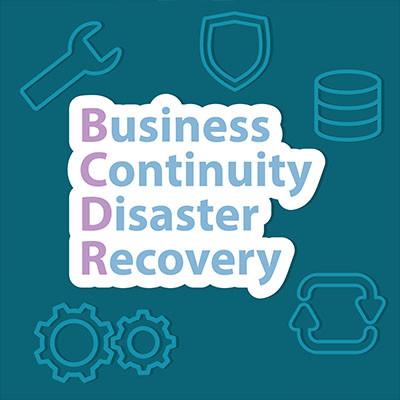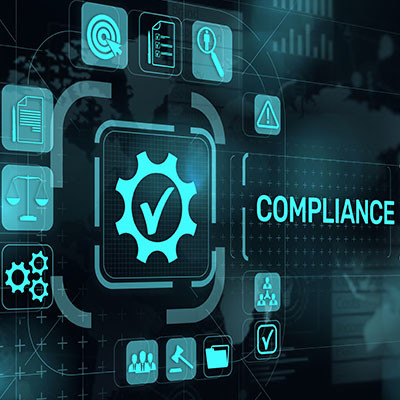We Define IT Consulting
The workspace is changing in spades these days, with remote work—once a taboo topic in some offices—being commonplace, along with resignations in the face of a return to the office becoming more of a regular occurrence. Employees want more control over their work schedule so they can balance their personal responsibilities with their professional. A shorter workweek might be the key to making this happen.
Every business wants to make smart technology decisions. For the small business looking to get their workforce the affordable workstations one option that you have today is utilizing the budget Chromebooks that are available. Today we will discuss what the Chromebook can bring to your business and how it can help you reduce your hardware costs and get your staff the resources they need to be productive.
Technology enables some amazing things for businesses, but it can influence the way you both look at operations and the way your business functions. Not all businesses have the capital to make these large technology investments. You are far from optionless, though; today we want to discuss some of the better investments you can make in your technology infrastructure, in particular ones that won’t drain your budget.
How many security solutions does your organization have implemented at any given time? Traditionally, businesses have implemented what we call “point solutions,” which are software tools designed to address a specific part of your security infrastructure. While this approach is certainly better than not having security at all, it presents several problems that must also be addressed in order to most effectively protect your organization.
One of the fastest-growing services in healthcare is telehealth. If you aren’t familiar with this concept, it is basically a virtual meeting designed to provide faster and more direct healthcare consultations and stabilize the ever-rising costs of healthcare. With health information being one of the most attractive to hackers, it is important to be mindful to do everything you can to protect your data. Today, we will go through four tips to help you successfully navigate the risks inherent with telehealth.
When looking to cut your costs, one of the best places to start looking is at your printing. While paper documents were once incredibly important for businesses (they still serve a function), no one can deny that they take up a considerable amount of space in the workplace, as well as take up precious assets that could be better spent elsewhere. What’s the best way to minimize the resources you spend on printing?
It doesn’t matter where your business is located; whether it’s a tornado that rolls through your city, a structural fire that renders your office uninhabitable, or a freak snowstorm that brings down power lines or grinds travel to a halt, you’ll want to be ready for it all. We’ll go over what kinds of solutions your business can implement to ensure that no disaster, be it natural or artificial, like a cyberattack, puts a stop to your operations.
If you aren’t versed in business technology, finding the right solutions can be challenging to say the least. Technology should make your life easier, not more difficult. With so many options at your fingertips, we thought it would be helpful to share a couple of tips to help you get started with deploying the right technology solutions for your organization. Here are three tips to help you make the best, most educated decisions about the technology for your business.
Your company’s email is one of its most important pieces of technology, and since that is true for nearly every business, it is unfortunately one of the most utilized attack vectors used by cybercriminals. Most businesses don’t understand just how vulnerable they are if their email isn’t properly secured and do their best to keep their employees trained on how to spot potential scams.
If you’re the one in your office known for taking spectacularly detailed notes, then you’ll find no greater productivity tool than a note-taking app. There are dozens of options on the market today that can help you make the most of your note-taking experience, as well as the integrations that they can provide.
With many people continuing to work remotely to some extent, it would be irresponsible not to acknowledge that remote work can introduce a level of risk to an organization’s cybersecurity. This makes it all the more important that this security is locked down. Let’s discuss the concept behind zero-trust security, and why it is becoming the benchmark that organizations of all sizes should meet.
Video conferencing has become a popular way for businesses and their team members to communicate, with many platforms rising up to meet this demand. This growth begs the question, however, of how one goes about picking the best one for their organization’s needs. We’ve put together a few features that should be present in any option you consider for you to keep in mind.
With businesses handling operations in different ways, their employees must adapt to the circumstances handed to them. Some companies have begun to experiment with the status quo and are for the first time realizing the value that can come from allowing staff to work remotely. We’d like to discuss some of the ways your team might rely on technology to make remote collaboration effective and how you can optimize your experience with these collaborative platforms.
A lot of companies are making large technology investments, in fact, if you are here now, you are probably thinking about making such an investment for your own business. One problem that growing companies have is identifying and investing in the right technology. Today, we thought we would give you a couple of tips on how to go about making technology investment decisions that will be the most advantageous for your business.
With so many wireless networks available to connect to, it’s no surprise that wireless security is a cornerstone of working while on the go. We thought it would be helpful to have a list of best practices to help ensure your wireless networks, and the devices connecting to them, are as secure as possible.




















